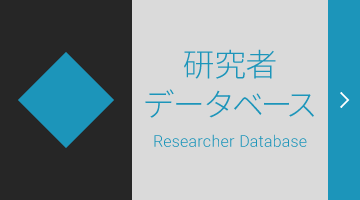| Journal Title /掲載ジャーナル名 |
Astrophysical Journal Letters |
| Publication Year and Month /掲載年月 |
September, 2024 |
| Paper Title /論文タイトル |
Birth of Rapidly Spinning, Overmassive Black Holes in the Early Universe |
| DOI /論文DOI |
10.3847/2041-8213/ad74e2 |
| Author of Waseda University /本学の著者 |
ICHIKAWA, Kohei(Associate Professor, Faculty of Science and Engineering, Global Center for Science and Engineering):Lasr Author |
| Related Websites /関連Web |
– |
| Abstract /抄録 |
The James Webb Space Telescope (JWST) has unveiled numerous massive black holes (BHs) in faint, broad-line active galactic nuclei (AGNs). The discovery highlights the presence of dust-reddened AGN populations, referred to as “little red dots (LRDs),” more abundant than X-ray-selected AGNs, which are less influenced by obscuration. This finding indicates that the cosmic growth rate of BHs within this population does not decrease but rather increases at higher redshifts beyond z ∼ 6. The BH accretion rate density deduced from their luminosity function is remarkably higher than that from other AGN surveys in X-ray and infrared bands. To align the cumulative mass density accreted to BHs with the observed BH mass density at z ≃ 4–5, as derived from the integration of the BH mass function, the radiative efficiency must be doubled from the canonical 10% value, achieving significance beyond the >3σ confidence level. This suggests the presence of rapid spins with 96% of the maximum limit among these BHs under the thin-disk approximation, maintained by prolonged mass accretion instead of chaotic accretion with randomly oriented inflows. Moreover, we derive an upper bound for the stellar mass of galaxies hosting these LRDs, ensuring consistency with galaxy formation in the standard cosmological model, where the host stellar mass is limited by the available baryonic reservoir. Our analysis gives a lower bound for the BH-to-galaxy mass ratio that exceeds the typical value known in the nearby universe and aligns with that for JWST-detected unobscured AGNs. Accordingly, we propose a hypothesis that the dense, dust-rich environments within LRDs facilitate the emergence of rapidly spinning and overmassive BH populations during the epoch of reionization. This scenario predicts a potential association between relativistic jets and other high-energy phenomena with overmassive BHs in the early universe. |






